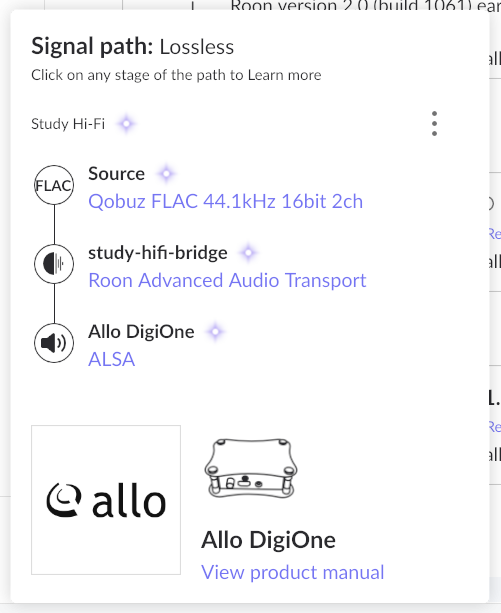

In addition, the auditory centrifugal system, running from cortex in multiple stages to the organ of Corti of the cochlea, is described. The progressive extraction of critical features in the auditory stimulus in the different levels of the central auditory system, from cochlear nucleus to auditory cortex, is described. The outputs of the two streams, with their two types of analysis, are progressively combined in the inferior colliculus and onwards, to produce the representation of what can be called the "auditory objects" in the external world.

The auditory nerve fibers branch to give two pathways, a ventral sound-localizing stream, and a dorsal mainly pattern recognition stream, which innervate the different divisions of the cochlear nucleus. In addition, the stages of analysis of the auditory signal are not as clearly separated or as clearly comprehensible as in for instance the visual system. The multiple pathways are based on the need to preserve accurate timing while extracting complex spectral patterns in the auditory input. The auditory brainstem, midbrain, and cortex have a multiplicity of parallel and overlapping pathways, which have parallel but overlapping and interrelated functions. A scheme is provided to help understand the complex and multiple auditory pathways running through the brainstem. The central nervous system is analyzed in more detail. And the ear itself is made up of three parts: the outer ear, the middle ear and the inner ear, and all three play a role. The results showed that if the auditory signal was presented before the abrupt offset of the moving object, the perceived final position was shifted backward, implying that the perceived visual offset position was affected by the. Contributors: In auditory transduction, auditory refers to hearing, and transduction is the process by which the ear converts sound waves into electric impulses and sends them to the brain so we can interpret them as sound. After a brief analysis of the external, middle ears, and cochlea, the responses of auditory nerve fibers are described. A transient auditory signal was presented at different times relative to the moment when the object disappeared. Aphasia: an impairment in language or communication 1. Information travels from the receptors in the organ of Corti of the inner ear the cochlear hair. This chapter outlines the anatomy and physiology of the auditory pathways. auditory cortex, it is not activated by simple auditory stimuli (e.g., tones or clicks) but during language comprehension tasks that involve auditory or phonetic processing and short-term memory of words. The auditory pathway conveys the special sense of hearing.


 0 kommentar(er)
0 kommentar(er)
